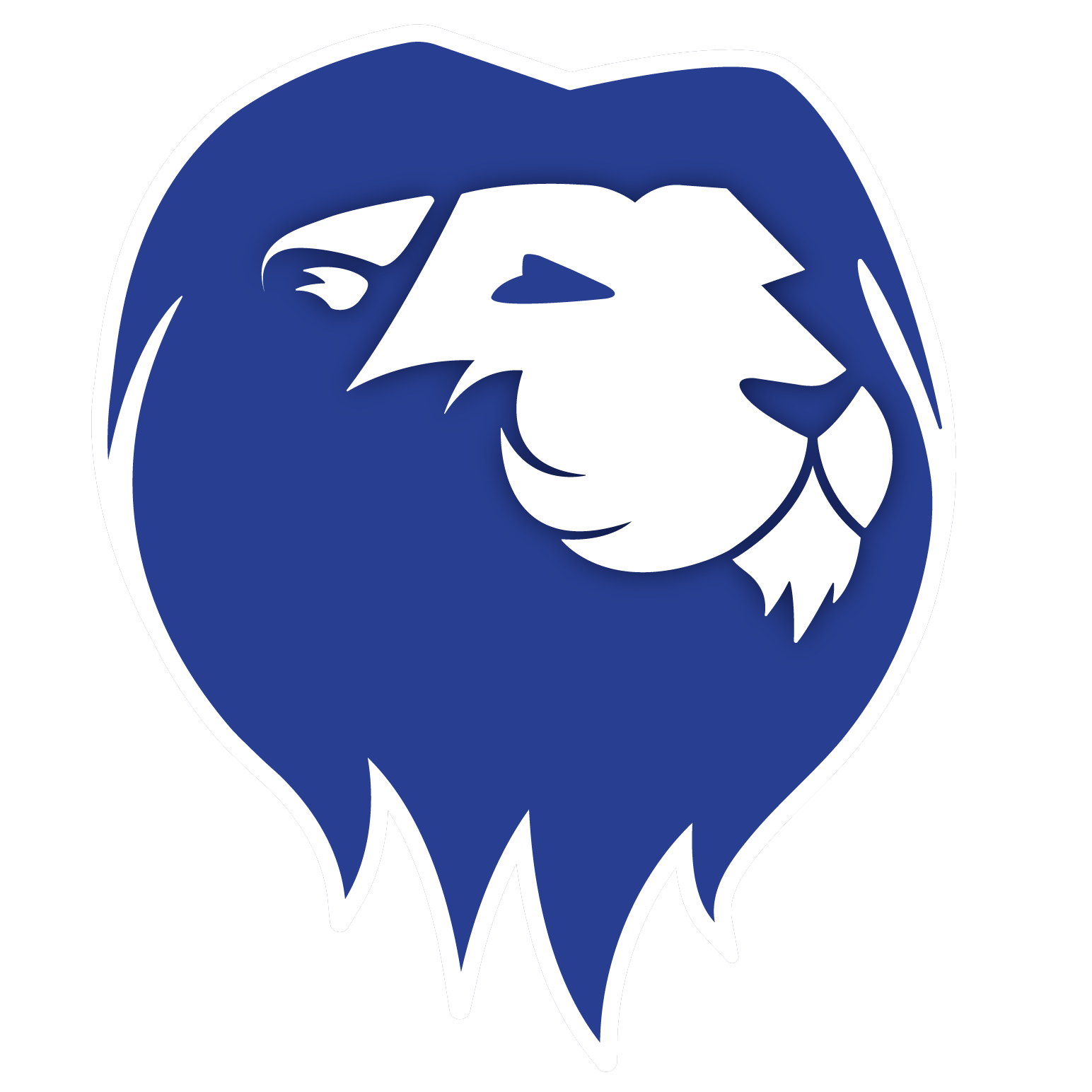> CATALOG > PHYSICS
PHYSICS
PHYS 1401 - COLLEGE PHYSICS I
Fundamental principles of physics, using algebra and trigonometry; the principles and applications of classical mechanics and thermodynamics, including harmonic motion, mechanical waves and sound, physical systems, Newton's Laws of Motion, and gravitation and other fundamental forces with emphasis on problem solving.
Laboratory activities will reinforce fundamental principles of physics, using algebra and trigonometry; the principles and applications of classical mechanics and thermodynamics, including harmonic motion, mechanical waves and sound, physical systems, Newton’s Laws of Motion, and gravitation and other fundamental forces; emphasis will be on problem solving.
Fundamental principles of physics, using algebra and trigonometry; the principles and applications of classical mechanics and thermodynamics, including harmonic motion, mechanical waves and sound, physical systems, Newton's Laws of Motion, and gravitation and other fundamental forces with emphasis on problem solving.
Laboratory activities will reinforce fundamental principles of physics, using algebra and trigonometry; the principles and applications of classical mechanics and thermodynamics, including harmonic motion, mechanical waves and sound, physical systems, Newton’s Laws of Motion, and gravitation and other fundamental forces; emphasis will be on problem solving.
Upon completion, students will be able to:
Determine the components of linear motion (displacement, velocity, and acceleration), and especially motion under conditions of constant acceleration.
Apply Newton’s laws to physical problems including gravity
Solve problems using principles of energy.
Use principles of impulse and linear momentum to solve problems.
Solve problems in rotational kinematics and dynamics, including the determination of the location of the center of mass and center of rotation for rigid bodies in motion.
Solve problems involving rotational and linear motion.
Describe the components of a wave and relate those components to mechanical vibrations, sound, and decibel level.
Demonstrate an understanding of equilibrium, including the different types of equilibrium.
Discuss simple harmonic motion and its application to quantitative problems or qualitative questions.
Solve problems using the principles of heat and thermodynamics.
Solve basic fluid mechanics problems.
Demonstrate techniques to set up and perform experiments, collect data from those experiments, and formulate conclusions from an experiment.
Record experimental work completely and accurately in laboratory notebooks, and communicate experimental results clearly in written reports.
Grade Basis: L
Credit Hours: 4
Lecture hours: 48.0
Lab hours: 48.0
Prerequisites:
Note About Prerequisites: Students must complete MATH 1314 College Algebra AND either MATH 1316 Plane Trigonometry OR MATH 2412 Pre-Calculus Math.
PHYS 1402 - COLLEGE PHYSICS II
Fundamental principles of physics, using algebra and trigonometry; the principles and applications of electricity and magnetism, including circuits, electrostatics, electromagnetism, waves, sound, light, optics, and modern physics topics; with emphasis on problem solving.
Laboratory activities will reinforce fundamental principles of physics, using algebra and trigonometry; the principles and applications of electricity and magnetism, including circuits, electrostatics, electromagnetism, waves, sound, light, optics, and modern physics topics; with emphasis on problem solving.
Fundamental principles of physics, using algebra and trigonometry; the principles and applications of electricity and magnetism, including circuits, electrostatics, electromagnetism, waves, sound, light, optics, and modern physics topics; with emphasis on problem solving.
Laboratory activities will reinforce fundamental principles of physics, using algebra and trigonometry; the principles and applications of electricity and magnetism, including circuits, electrostatics, electromagnetism, waves, sound, light, optics, and modern physics topics; with emphasis on problem solving.
Upon completion, students will be able to:
Solve problems involving the inter-relationship of fundamental charged particles, and electrical forces, fields, and currents.
Apply Kirchhoff’s Rules to analysis of circuits with potential sources, capacitance, inductance, and resistance, including parallel and series capacitance and resistance
Solve problems in the electrostatic interaction of point charges through the application of Coulomb’s Law.
Solve problems involving the effects of magnetic fields on moving charges or currents, and the relationship of magnetic fields to the currents that produce them.
Use Faraday’s and Lenz’s laws to determine electromotive forces and solve problems involving electromagnetic induction.
Articulate the principles of reflection, refraction, diffraction, interference, and superposition of waves.
Describe the characteristics of light and the electromagnetic spectrum.
Develop techniques to set up and perform experiments, collect data from those experiments, and formulate conclusions from an experiment.
Demonstrate the collections, analysis, and reporting of data using the scientific method.
Record experimental work completely and accurately in laboratory notebooks, and communicate experimental results clearly in written reports.
Solve problems applying the principles of reflection, refraction, diffraction, interference, and superposition of waves.
Solve practical problems involving optics, lenses, mirrors, and optical instruments.
Grade Basis: L
Credit Hours: 4
Lecture hours: 48.0
Lab hours: 48.0
Prerequisites:
PHYS 1401 - COLLEGE PHYSICS I
PHYS 1415 - PHYSICAL SCIENCE
Physical science lecture/lab course designed for non-science majors. Surveys topics from physics, chemistry, geology, astronomy, and meteorology.
Physical science lecture/lab course designed for non-science majors. Surveys topics from physics, chemistry, geology, astronomy, and meteorology.
Upon completion, students will be able to:
Use the principles of mechanics to solve problems involving motion, forces, energy, momentum, and repetitive motion.
Describe the basic principles of fluid mechanics.
Demonstrate an understanding of the principles of heat and thermodynamics.
Solve basic problems involving electricity.
Describe the relationship between electricity and magnetism.
Describe the characteristics of light and the electromagnetic spectrum.
Demonstrate an understanding of the atomic model and nuclear energy.
Demonstrate understanding of the basis of science using terms such as scientific method, hypothesis, law, theory, and pseudoscience.
Discuss energy resources.
Grade Basis: L
Credit Hours: 4
Lecture hours: 48.0
Lab hours: 32.0
PHYS 2425 - UNIVERSITY PHYSICS I
Fundamental principles of physics, using calculus, for science, computer science, and engineering majors; the principles and applications of classical mechanics, including harmonic motion, physical systems and thermodynamics; and emphasis on problem solving.
Basic laboratory experiments supporting theoretical principles involving the principles and applications of classical mechanics, including harmonic motion and physical systems; experimental design, data collection and analysis, and preparation of laboratory reports.
Fundamental principles of physics, using calculus, for science, computer science, and engineering majors; the principles and applications of classical mechanics, including harmonic motion, physical systems and thermodynamics; and emphasis on problem solving.
Basic laboratory experiments supporting theoretical principles involving the principles and applications of classical mechanics, including harmonic motion and physical systems; experimental design, data collection and analysis, and preparation of laboratory reports.
Upon completion, students will be able to:
Determine the components of linear motion (displacement, velocity, and acceleration), and especially motion under conditions of constant acceleration.
Solve problems involving forces and work.
Apply Newton’s laws to physical problems.
Identify the different types of energy.
Solve problems using principles of conservation of energy.
Define the principles of impulse, momentum, and collisions.
Use principles of impulse and momentum to solve problems.
Determine the location of the center of mass and center of rotation for rigid bodies in motion.
Discuss rotational kinematics and dynamics and the relationship between linear and rotational motion.
Solve problems involving rotational and linear motion.
Define equilibrium, including the different types of equilibrium.
Discuss simple harmonic motion and its application to real-world problems.
Solve problems involving the First and Second Laws of Thermodynamics.
Prepare laboratory reports that clearly communicate experimental information in a logical and scientific manner.
Conduct basic laboratory experiments involving classical mechanics.
Relate physical observations and measurements involving classical mechanics to theoretical principles
Evaluate the accuracy of physical measurements and the potential sources of error in the measurements.
Design fundamental experiments involving principles of classical mechanics.
Identify appropriate sources of information for conducting laboratory experiments involving classical mechanics.
Grade Basis: L
Credit Hours: 4
Lecture hours: 48.0
Lab hours: 48.0
Prerequisites:
MATH 2413 - CALCULUS I
PHYS 2426 - UNIVERSITY PHYSICS II
Principles of physics for science, computer science, and engineering majors, using calculus, involving the principles of electricity and magnetism, including circuits, electromagnetism, waves, sound, light, and optics.
Laboratory experiments supporting theoretical principles presented in the lecture involving the principles of electricity and magnetism, including circuits, electromagnetism, waves, sound, light and optics, experimental design, data collection and analysis, and preparation of laboratory reports.
Principles of physics for science, computer science, and engineering majors, using calculus, involving the principles of electricity and magnetism, including circuits, electromagnetism, waves, sound, light, and optics.
Laboratory experiments supporting theoretical principles presented in the lecture involving the principles of electricity and magnetism, including circuits, electromagnetism, waves, sound, light and optics, experimental design, data collection and analysis, and preparation of laboratory reports.
Upon completion, students will be able to:
Articulate the fundamental concepts of electricity and electromagnetism, including electrostatic potential energy, electrostatic potential, potential difference, magnetic field, induction, and Maxwell’s Laws
State the general nature of electrical forces and electrical charges, and their relationship to electrical current.
Solve problems involving the inter-relationship of electrical charges, electrical forces, and electrical fields.
Apply Kirchhoff’s Laws to analysis of circuits with potential sources, capacitance, and resistance, including parallel and series capacitance and resistance.
Calculate the force on a charged particle between the plates of a parallel-plate capacitor.
Apply Ohm’s law to the solution of problems
Describe the effects of static charge on nearby materials in terms of Coulomb’s Law.
Use Faraday’s and Lenz’s laws to find the electromotive forces.
Describe the components of a wave and relate those components to mechanical vibrations, sound, and decibel level.
Articulate the principles of reflection, refraction, diffraction, interference and superposition of waves.
Solve real-world problems involving optics, lenses, and mirrors.
Prepare laboratory reports that clearly communicate experimental information in a logical and scientific manner.
Conduct basic laboratory experiments involving electricity and magnetism.
Relate physical observations and measurements involving electricity and magnetism to theoretical principles.
Evaluate the accuracy of physical measurements and the potential sources of error in the measurements.
Design fundamental experiments involving principles of electricity and magnetism.
Identify appropriate sources of information for conducting laboratory experiments involving electricity and magnetism.
Grade Basis: L
Credit Hours: 4
Lecture hours: 48.0
Lab hours: 48.0
Prerequisites:


